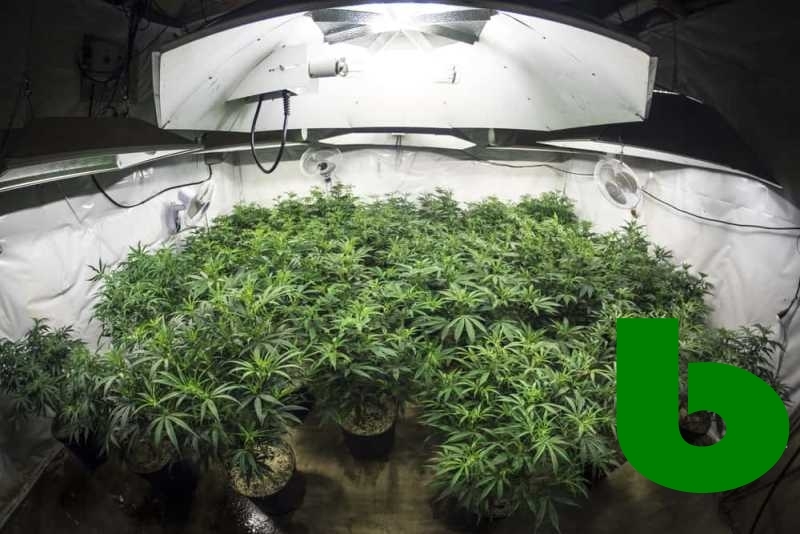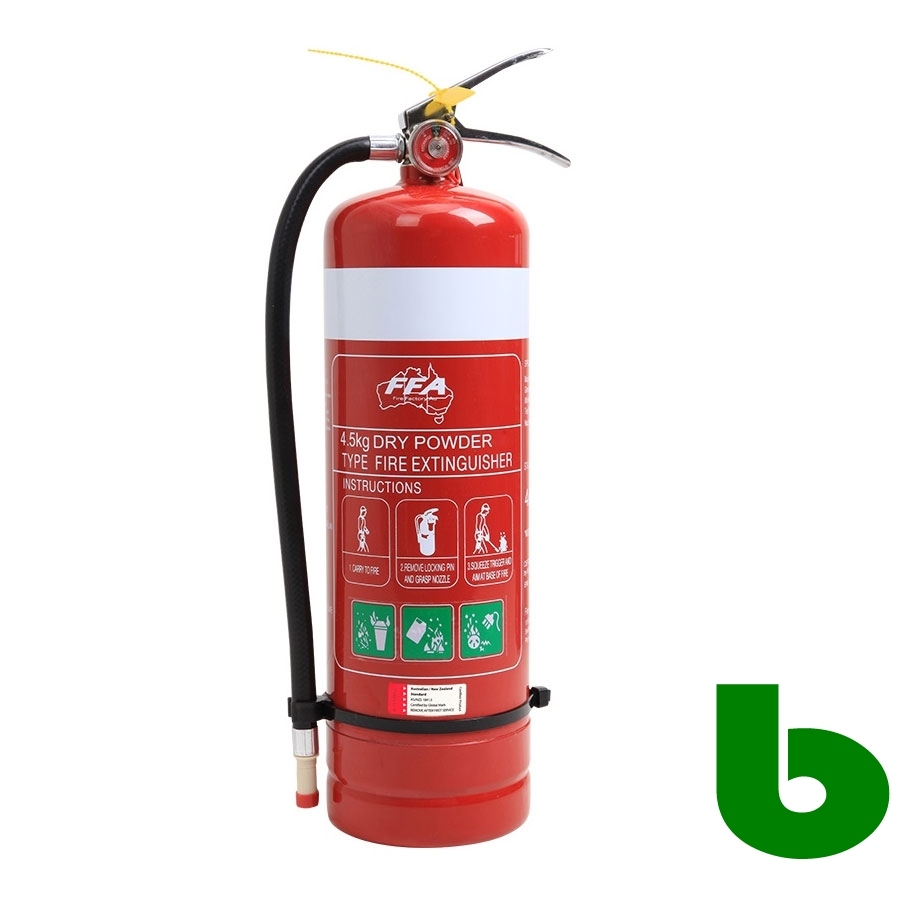Sand Casting Sand: The Most Important Element Within the Metal-Casting Processes
The sand casting process is ancient and one of the most common techniques for casting metal and, as its name indicates, sand is the key factor in its efficiency. In sand casting, for example, liquid metal is cast into a mold made of sand which serves to give shape to the material as it cools and hardens. The sand that is incorporated in the process is not just sand but one that has been already carefully selected and treated in a manner that ensures casting accuracy, excellent quality, and strength.
For more information about Sand Casting you can view website Indian Metal Solutions-
https://www.indianmetal.solutions/
What Is Sand Casting?
Sand casting is the technique of making metal parts by pouring molten metal into a mold composed of sand. Molds are usually made in two parts called, cope (the upper half) and drag (the lower half). A molded pattern that depicts the part to be cast is used to build the sand mold, and this cavity is filled with liquid metal. When the metal has cooled, the sand is removed and the casting is complete.
Sands Appropriate for Sand Casting
In sand casting, not all sands are the same. Various kinds of sand can be utilized each possessing particular characteristics that will impact the outcome of the casting.
1. Green Sand
Green sand is the most popular sand that is used for sand casting. It is composed of silica sand, bentonite clay (binder), water, and other additives. The term “green” does not mean the color of the sand but rather the fact that the sand is wet. Great versatility and cost efficiency makes green sand molds suitable for casting metals such as brass, iron and aluminum.
Key Properties of Green Sand:
o Good moldability and plasticity corrosion
o High thermal resistance
o Easily reusable after conditioning
Dry Sand On the other hand, dry sand is already cured or baked before the pouring of the metal as opposed to green sand. The effectiveness of durability of the mold is improved because drying the sand will allow it to withstand higher temperatures. dry sand is mostly used when large parts are to be casted or when better surface finishes are needed.
Key Properties of Dry Sand:
o Dry sand is associated with more strength and stability than green sand
o Moisture content is lowered leading to a lower probability of defects such as gas porosity
o Can be used to cast heavy and detailed metal parts
3. Resin Sand
Molds made out of resin sand consist of silica sand and a binder such as furan or phenolic resin. The sand retains its shape well even after the pattern has been removed due to the presence of the binder in order to remove the pattern. Because of its higher strength and the capability of casting intricate structures, this type of sand is frequently utilized for sophisticated casting processes.
Key Properties of Resin Sand:
o Great rigidity and strength
o Accurate castings with high definition surface finish
o High melting point
4. Sodium Silicate Sand
Sodium silicate is the binder of this sand. When bundled with carbon dioxide (CO2), the paste cures and solidifies into a tough and durable mold. Sodium silicate sand finds wider application in many specialized areas requiring higher strength and dimensional precision.
Key Properties of Sodium Silicate Sand:
o Relatively quick setting when exposed to CO2
o Very high strength hence low probability of cold shut
o Can be used for intricate castings with close tolerances
The Importance of Sand Properties
Sand used in sandcasting is of great consequence because it determines the success of the casting. Here are the critical characteristics that are essential in evaluating the proper sand for the application:
1. Permeability
Permeability is the ability of sand to permit the escape of gas during the casting technique. Sand that is too dense can cause gases to be trapped which can subsequently lead to flaws in the final casting, for instance, blowholes or gas porosities. Properly permeable sand promotes good flow and defect-free sand castings.
2. Strength
The sand is expected to exhibit sufficient strength to stand the mold's shape in the course of metal pouring. Failed sand is likely to give way under the weight of molten metal and defect the casting. To enhance the strength and cohesiveness of the sand, different binders are added.
3. Refractoriness
This is ‘refractoriness’ and is the property of sand to hold without melting or degrading even when in contact with molten metal at high temperature. Sands of high refractoriness never allow any distortion of the mold at temperatures over 1000 degrees Celsius.
Sand Casting Sand: The Most Important Element Within the Metal-Casting Processes
The sand casting process is ancient and one of the most common techniques for casting metal and, as its name indicates, sand is the key factor in its efficiency. In sand casting, for example, liquid metal is cast into a mold made of sand which serves to give shape to the material as it cools and hardens. The sand that is incorporated in the process is not just sand but one that has been already carefully selected and treated in a manner that ensures casting accuracy, excellent quality, and strength.
For more information about Sand Casting you can view website Indian Metal Solutions- https://www.indianmetal.solutions/
What Is Sand Casting?
Sand casting is the technique of making metal parts by pouring molten metal into a mold composed of sand. Molds are usually made in two parts called, cope (the upper half) and drag (the lower half). A molded pattern that depicts the part to be cast is used to build the sand mold, and this cavity is filled with liquid metal. When the metal has cooled, the sand is removed and the casting is complete.
Sands Appropriate for Sand Casting
In sand casting, not all sands are the same. Various kinds of sand can be utilized each possessing particular characteristics that will impact the outcome of the casting.
1. Green Sand
Green sand is the most popular sand that is used for sand casting. It is composed of silica sand, bentonite clay (binder), water, and other additives. The term “green” does not mean the color of the sand but rather the fact that the sand is wet. Great versatility and cost efficiency makes green sand molds suitable for casting metals such as brass, iron and aluminum.
Key Properties of Green Sand:
o Good moldability and plasticity corrosion
o High thermal resistance
o Easily reusable after conditioning
Dry Sand On the other hand, dry sand is already cured or baked before the pouring of the metal as opposed to green sand. The effectiveness of durability of the mold is improved because drying the sand will allow it to withstand higher temperatures. dry sand is mostly used when large parts are to be casted or when better surface finishes are needed.
Key Properties of Dry Sand:
o Dry sand is associated with more strength and stability than green sand
o Moisture content is lowered leading to a lower probability of defects such as gas porosity
o Can be used to cast heavy and detailed metal parts
3. Resin Sand
Molds made out of resin sand consist of silica sand and a binder such as furan or phenolic resin. The sand retains its shape well even after the pattern has been removed due to the presence of the binder in order to remove the pattern. Because of its higher strength and the capability of casting intricate structures, this type of sand is frequently utilized for sophisticated casting processes.
Key Properties of Resin Sand:
o Great rigidity and strength
o Accurate castings with high definition surface finish
o High melting point
4. Sodium Silicate Sand
Sodium silicate is the binder of this sand. When bundled with carbon dioxide (CO2), the paste cures and solidifies into a tough and durable mold. Sodium silicate sand finds wider application in many specialized areas requiring higher strength and dimensional precision.
Key Properties of Sodium Silicate Sand:
o Relatively quick setting when exposed to CO2
o Very high strength hence low probability of cold shut
o Can be used for intricate castings with close tolerances
The Importance of Sand Properties
Sand used in sandcasting is of great consequence because it determines the success of the casting. Here are the critical characteristics that are essential in evaluating the proper sand for the application:
1. Permeability
Permeability is the ability of sand to permit the escape of gas during the casting technique. Sand that is too dense can cause gases to be trapped which can subsequently lead to flaws in the final casting, for instance, blowholes or gas porosities. Properly permeable sand promotes good flow and defect-free sand castings.
2. Strength
The sand is expected to exhibit sufficient strength to stand the mold's shape in the course of metal pouring. Failed sand is likely to give way under the weight of molten metal and defect the casting. To enhance the strength and cohesiveness of the sand, different binders are added.
3. Refractoriness
This is ‘refractoriness’ and is the property of sand to hold without melting or degrading even when in contact with molten metal at high temperature. Sands of high refractoriness never allow any distortion of the mold at temperatures over 1000 degrees Celsius.











